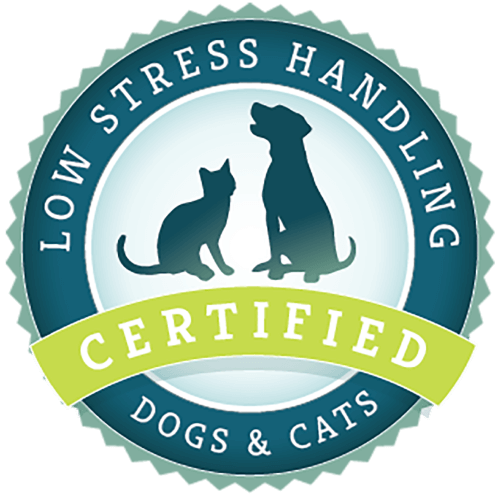What article are you looking for?
Category: CattleDog Publishing Newsletter
Storm and Other Noise Phobias
Storm phobia, or fear of storms, is a common behavior in dogs. A magic pill to treat a noise or storm phobia does not exist. Treatment involves a combination of environmental management, behavior modification, and medication.
Leash Reactivity in Dogs
Reactivity is a dog’s response to something in their environment which is triggered by anxiety, fear, or frustration. As much as reactivity can occur in different environments, it is commonly observed when a dog is restricted to being on leash. There is no quick fix when it comes to reducing leash reactivity. Have patience for your dog and the learning process.
Behavior Supplements in Dogs and Cats
Many colleagues and pet owners ask about the use of supplements in the treatment of behavioral issues. There is limited documented evidence on the use of these supplements, but to address this demand for information, here is what we know is being used and impressions from what experience and data are available.
Cats and High Places: Keeping Them off Counters and Tables
Since this behavior started, they have tried several methods to deter him from jumping up, including yelling at him, placing him back on the floor, and recently started using a squirt bottle to keep him off. None of their techniques are working and they are quickly becoming frustrated. Why do cats often find counters and tables so appealing? Cats instinctively like high places. Cats make use of vertical spaces, much like their ancestors used rocks, bushes, and trees. There is food on counters and tables (even small traces that we might not detect) and they take the gamble that
Traveling with Pets
Whether you are planning a move or traveling for leisure, taking your pet along with you can be stressful for both of you. General Travel Tips: Visit the U.S. Department of Agriculture (USDA) website, and research the requirements and regulations for the location(s) you will be traveling to and through. Work with your veterinarian to create a timeline for necessary vaccinations, completion of health certifications, and other area-specific requirements, such as rabies titer testing. Research the departure and arrival destination requirements regarding pet identification tags or registration, kennel markings, and ISO-compatible microchip information. If you will be staying
Aggression Between Familiar Dogs
Aggression between familiar dogs in the same household is a common occurrence and is one of the most common reasons that dogs are surrendered, rehomed, or euthanized. This aggression can be secondary to high arousal or excitement levels. When a fight occurs, damage to the relationship between the dogs can be difficult to repair. There are a variety of factors that need to be considered when determining the future relationship between these dogs. For instance, aggression between female dogs is reported to be the most common and is the most difficult to treat due to the severity of injuries and

Low Stress Handling® Silver-Level Certification
Individual Certification at this level demonstrates to clients and employers the individual’s dedicated interest in Low Stress Handling®. Hospital Certification at this level demonstrates to clients and staff the hospital’s commitment to appropriately training staff in Low Stress Handling® methods.
Learn More
